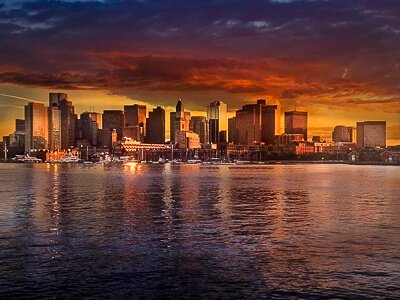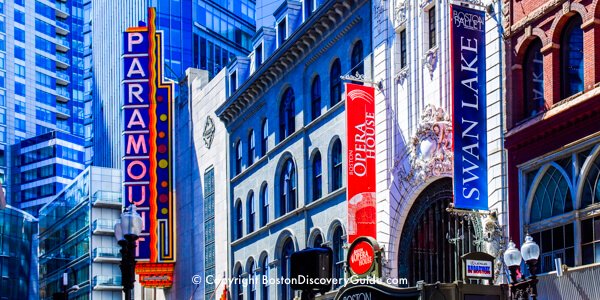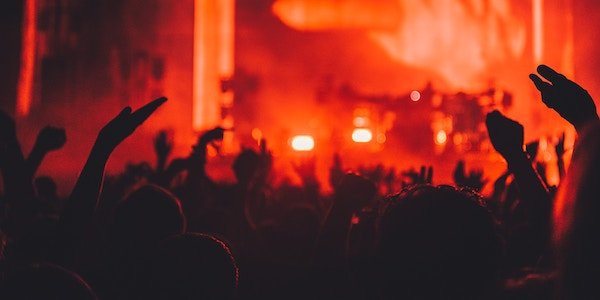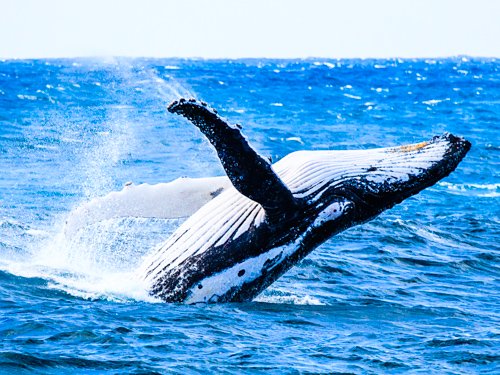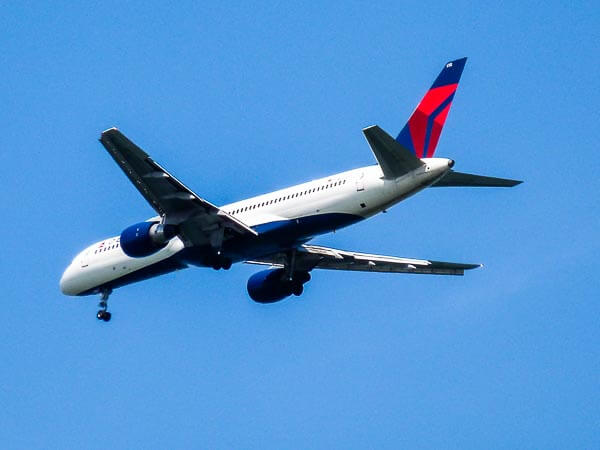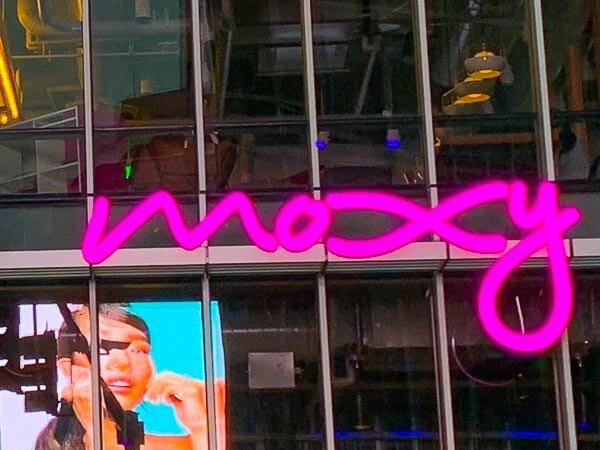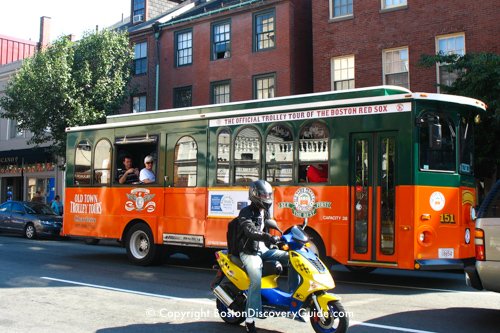1631 - 1680: Pilgrims Prosper & Create Lots of "Firsts" in Boston
If you've read about Puritan history, you already know about their rocky start in Boston.
But despite many hardships and setbacks, the Puritans settle in to their new world, build the community that becomes Boston, and their numbers grow.
Between 1631, the year after their arrival, and 1680, the Puritans and their new town - soon to be a city - achieve many "firsts."
1631
Despite a lack of food and 200 deaths during their first winter, the Puritans persevere. Although about 200 return to England and many of the original group scatter to found Roxbury, Lynn, and Medford or join others in Cambridge and Watertown, Boston continues to grow.
Within a year after the arrival of the first group, as many as 1,500 other Puritans follow. They lay out a first street, probably where Washington and Union Streets are now, and another, Tri-mount, now called Tremont. As you walk along current-day Tremont Street, you're following in the footsteps of the Puritans.
The colonists fail to foresee Boston’s growth, and instead of designing straight, logically laid out streets for the benefit of future generations, they loop their roads and lanes around every knoll, boulder, and hollow—a convoluted pattern that you will still see today as you wind your way around the oldest parts of Downtown Boston.
Also in 1631, public transportation begins in Boston with a family-run ferry service between Boston and Charlestown—thus becoming the first chartered public transportation in North America.
Top Photo: Founders Memorial on Boston Common, with Beacon Hill mansions in the background
Boston Discovery Guide is a reader-supported publication. When you buy through our links, we may earn a commission at no additional cost for you. Learn more
First Church, First Park, & First Licensed Tavern
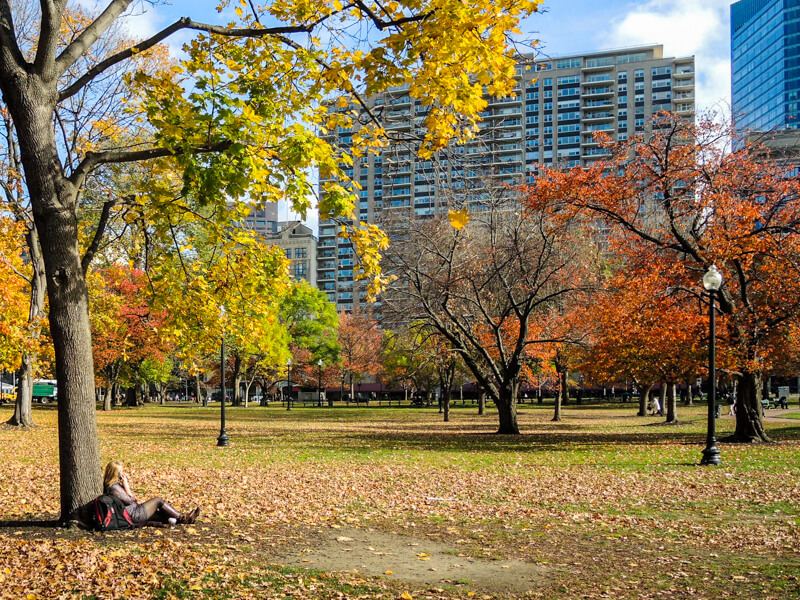
1632
The colonists build Boston’s First Church—a simple one-story, thatched-roof structure containing rudimentary benches and a roughly-made pulpit—on the road now called State Street.
1633
William Blaxton, who has been wrangling with the colonists about his claim to 800 acres of the land that they’re now occupying, receives an official grant from Governor Winthrop for 50 acres.
Boston’s population in 1633 is estimated at 3,000 – 4,000.
1634
The Town of Boston collects 6 shillings (or more) from each resident and buys 44 acres from William Blaxton for 30 pounds. Blaxton retains 6 acres in case he ever decides to move back to Boston.
Boston residents all have free access to the new land – Boston Common, which becomes the first public park in the United States.
Fifty years after the acquisition, several older residents recount “after which purchase the town laid out a trayning field; which ever since and now is used for that purpose, and for the feeding of cattell.”
Also in 1634, the Town of Boston issues the first license to operate a tavern to Samuel Cole.
Take a Tour through Boston's History
More "Firsts": Schools, A College, Post Office, & (Almost) A Beer Riot
1635
The Town of Boston establishes the Boston Latin Grammar School—the first public secondary school in America and today the oldest continually-existing public school in America—to teach Latin, Greek, and the importance of responsible dissent.
In roughly 100 years, Boston Latin’s many illustrious students will include future patriots Benjamin Franklin, John Hancock, and Samuel Adams.
Boston Latin has since moved to Boston's Fenway neighborhood, but you can see the original site near Ben Franklin's statue on the Freedom Trail.
Also in 1635, Boston establishes a night watch, which evolved into the Boston Police Department—making it the oldest Police Department in the United States.
1636
Harvard College, the first and oldest institute of higher learning in the United States, is founded in Newtowne (now Cambridge) by a vote of the Great and General Court of Massachusetts Bay Colony.
The college is named for John Harvard, a Charlestown minister had learned beer-making back in England from William Shakespeare and who, when he dies in 1638, leaves his library and half of his estate to the new school.
1638
The first enslaved people from Africa are brought to Boston.
Samuel Maverick buys several of them, becoming one of the earliest confirmed slave owners in Massachusetts, although some historians believe that he may have brought one or more enslaved Africans with him when he first settled in the coastal area north of Boston in 1624.
1639
Boston establishes the first post office in America in Richard Fairbanks’ tavern.
The first free public school in America—the Mather School—is established in Dorchester.
At Harvard, students almost revolt because “they often had to go without their beer and bread.” The college president has neglected his responsibility to keep them supplied with a sufficient amount of both necessities, thus triggering the first near-riot over a beer shortage in America.
First Book Printed, First Library Opened
1640
Stephen Day prints the Bay Psalm Book, the first book published in the Colonies.
By1640, about 20,000 European immigrants, mostly English Puritans, live across Massachusetts (which includes current-day Maine). After 1640, European immigration virtually stops for a number of years.
1644
After some trial and error with governance, the Massachusetts Bay Colony is being run by Governor John Winthrop, a deputy governor, and two groups elected by property-owning church members who are stockholders of the Massachusetts Bay Company.
Churches follow a congregational model, meaning that each church rules itself.
In church and state, the Puritans reject central rule and embrace local rule.
1646
A law is passed that declares that Boston Common is “perpetually” to be public property.
1648
Puritans organize and build the Second Church in the North End.
1654
Boston residents open the Boston Public Library - the first public library in America - and establish a rule that you have to be 16 or older to enter.
1655
William Blaxton sells his remaining 6 acres to Mr. William Pepy.
Puritans in Charge: Anti-Quaker Laws & the Banning of Christmas in Boston
1656
Boston Puritans pass the Boston Quaker Laws, which specify imprisonment and expulsion as the punishment for the “crime” of being Quaker.
1658
Builders complete Boston’s first Town House, built of wood to house the courts, a market, and a place for town elders to meet. Unfortunately, it will burn down in the Great Fire of 1711. When it is rebuilt, it eventually becomes known as the Old State House, which we can still visit today.
Also in 1658, Boston Puritans pass a law that specifies the death penalty for all previously expelled Quakers who return to Boston.
1659
William Blaxton, who is still a bachelor at age 59, marries Sarah Stevenson, a widow with 6 children in Boston on July 4. They return to Rhode Island to live. Their son John will be born the following year.
Also in 1659, the Puritan-run General Court bans the celebration of Christmas because they object to its “pagan” roots and its association with the Anglican Church of England. In England, Christmas hasn’t been celebrated ever since Oliver Cromwell and his Puritan followers banned it back in 1647.
1660
In England, Puritan Oliver Cromwell's reign ends as the king is restored. With Cromwell in power, the colonists have experienced little interferance in their affairs. That happy state is about to end. For a time, the Boston Puritans refuse to recognize the authority of Charles II - planting the seeds for over 100 years of increasing tension, ending only with the Revolution.
Because the Boston's first graveyard, now called King's Chapel Burying Ground, is filling up, the Puritans establish re-purpose a dank corner of Boston Common and establish the Granary Burying Ground. In coming decades, it becomes the final home for a number of Revolutionary War heroes.
See These Sites & More on Boston's Freedom Trail
1669
A group of members secede from First Church and build the Old South Meeting House, the place where over a hundred years later the Patriots will meet secretly to foment rebellion and hatch the Boston Tea Party plot.
1675
In Rhode Island, William Blaxton (by now spelling his name “Blackstone”) dies at age 80 and is buried next to his wife, who died 2 years earlier at age 48, in Lonsdale, Rhode Island.
1678
A visiting Frenchman writes in a report, "You may own Negroes and Negresses; there is not a House in Boston, however small may be its means, that has not one or two."
1680
Twenty years after the official end of Puritan rule in England, Puritanism begins to lose its grip in Boston as a growing discontent with English rule under Charles II places politics and eventually independence on center stage.
More Articles about Boston History
- Boston's Freedom Trail - Walk along Boston's path through history
- Books about Boston - The best books about Boston to read before and after your visit
- A Gruesome Event in Boston History: Great Molasses Flood
